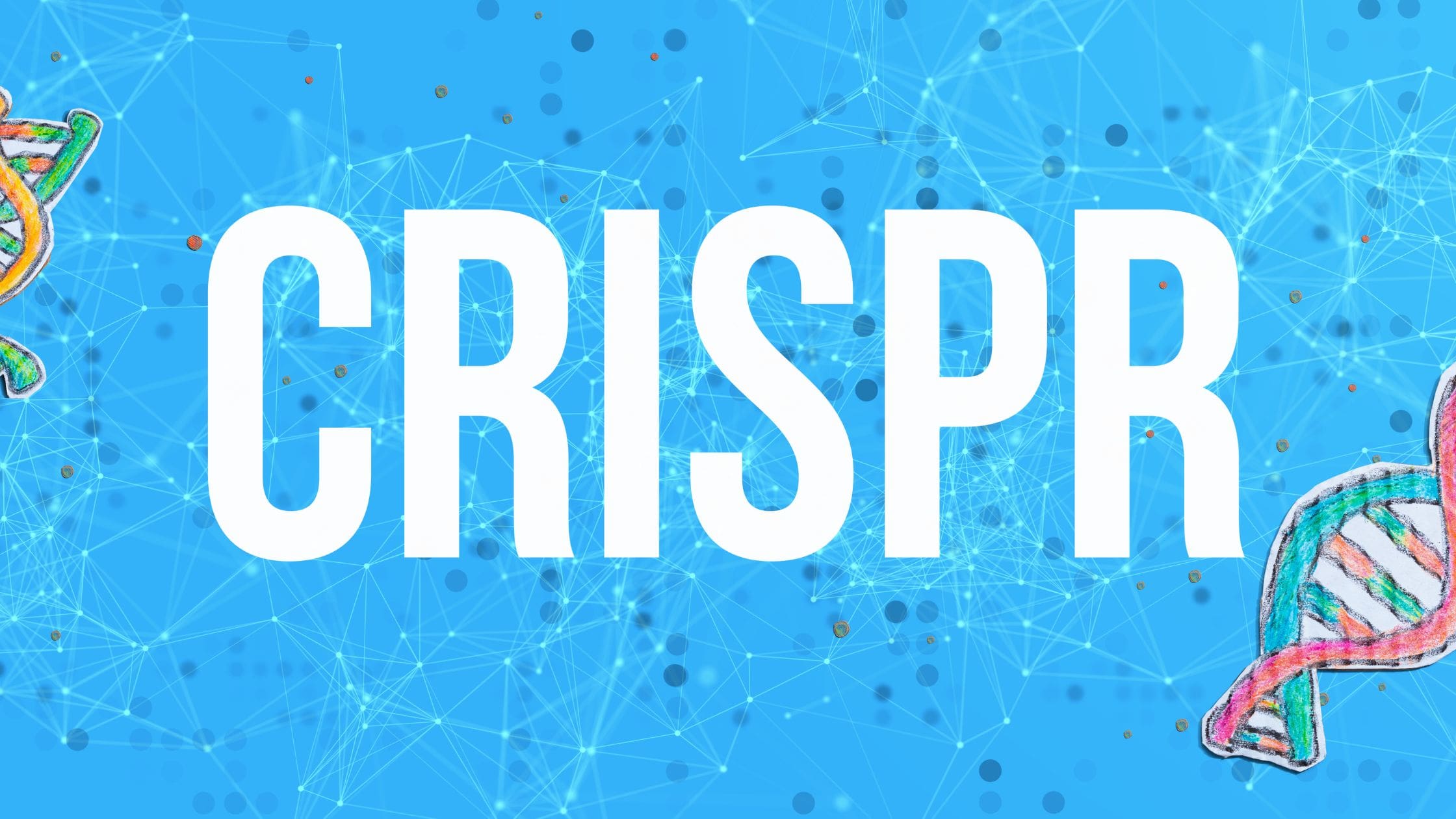Artificial Intelligence (AI) has grown from a fantasy of a futuristic world to the impressive reality of now. Though AI has the power to use data to change an environment with mind-blowing speed, there are also some caveats to the technology. Balancing the gains with the challenges is the key to having AI be a positive part of daily life rather than a threat to privacy and human connection. In 2023, the role of AI will depend on how people balance their morals with the capability to expand technology by leaps and bounds.
How can we as a society balance AI’s overwhelming benefits with its terrifying dangers? There are three main ways AI will change starting in 2023.
1. Increased dangers
The capability of certain types of AI software can be astounding. Generative AI automates animation, text, and other visual content within minutes. In 2023, the popular apps that offer generative AI will expand into predictive video and more. Tasks that involve work to a whole new level of productivity, but with the abilities of this technology comes a dark side too.
One example is Lensa, a selfie app created by Prisma Labs. Some of these apps create sexualized, misleading images of people that are shareable over the internet.
Legal battles against generative AI companies are already piling up. By 2030, automation will replace 375 million jobs as AI expands.
2. More experimentation
Investors will continue to be attracted to AI in industries impacted by the pandemic’s supply chain and economic interruptions. More experimentation in AI will produce successes as well as failures. Other fields that use AI most are breeding grounds for growth through trying new endeavors, such as retail, manufacturing, healthcare, and finance, particularly with increasing security and freeing up employees to interact with customers.
Other times, the experimentation will be controversial at best. One example is in the science field where CRISPR is being expended as an experiment to reverse aging, diseases, and even climate change, but potentially at a dire cost to humanity.
The company Stability AI raised $101 million despite controversy over text-to-image technology with Stable Diffusion. After Open AI was in trouble for copyright infringements and other moral disparities, it is valued at $20 billion and collaborating with Microsoft.
Many of the new models in AI will show success, while others will not. Businesses that embrace AI as part of their necessary operations will have more successful outcomes long term.
3. More regulations
Regulations are put in place to combat the dangers of AI. Though regulations often mean more restrictions on the developer’s creativity, 81% of leaders in the tech field are in favor of more boundaries from the government. We can see this happening now in the United States and abroad, as evidenced by the White House creating the AI Bill of Rights that protects the public’s privacy when using AI. Likewise, the European Union’s AI Act is helping companies develop and release AI technology with the confidence that the dark web doesn’t overtake the advantages.
From political tension to changing conditions in the market and more, uncertainty is a guarantee for companies using AI. For better or worse, AI is here to stay as it changes society at its core. Those who embrace it will be best suited to maintain their shareholders, customers, and employees in 2023.




